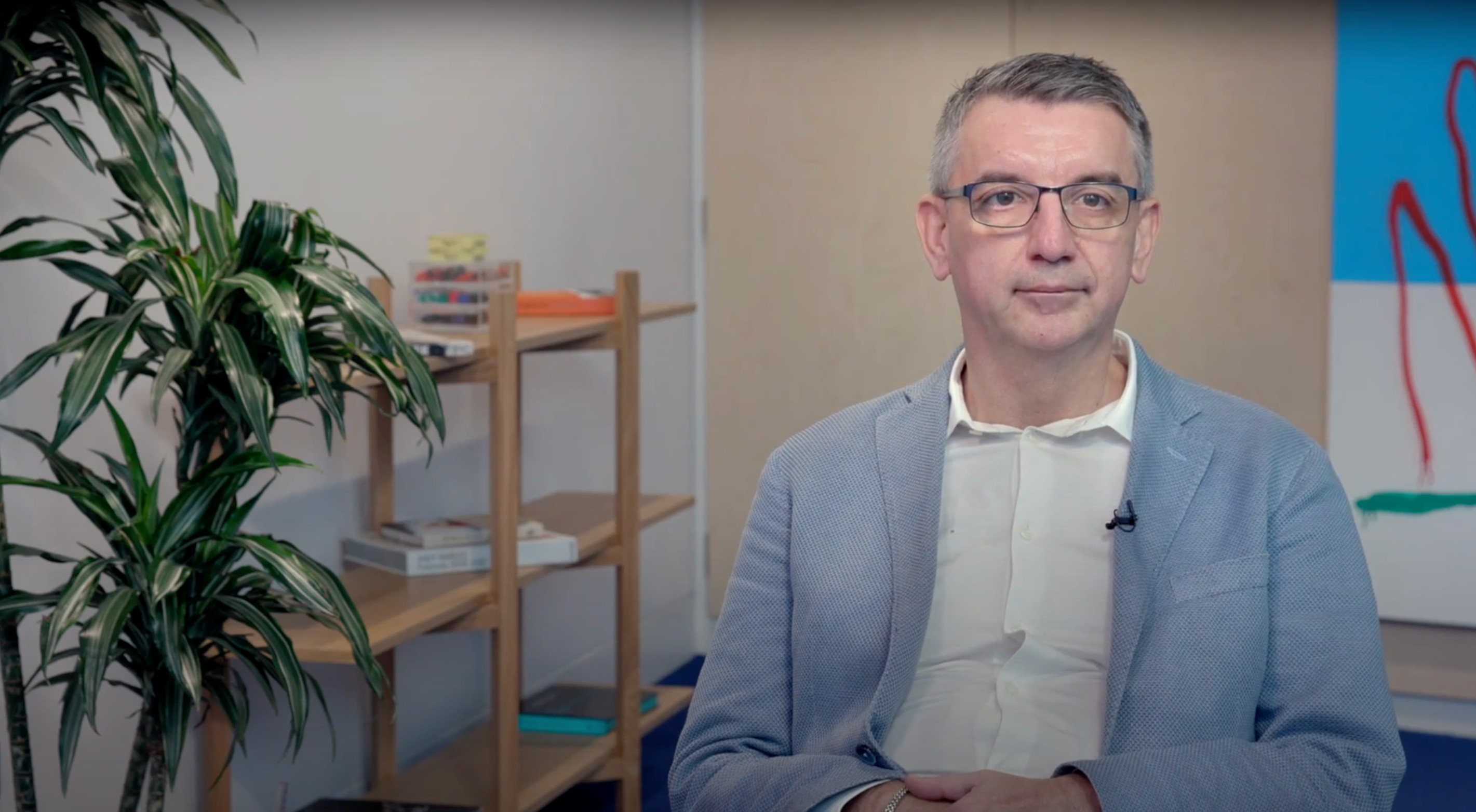
Potential Costs of Operational Risk

Olaf Ransome
25 years: Operational risk
Olaf's series is about the practical side of OpRisk; why operational processes matter, what the real cost of poor process is and how to design for better. In this video, the focus is on cost. What does OpRisk cost and why those costs really matter?
Olaf's series is about the practical side of OpRisk; why operational processes matter, what the real cost of poor process is and how to design for better. In this video, the focus is on cost. What does OpRisk cost and why those costs really matter?
Subscribe to watch
Access this and all of the content on our platform by signing up for a 7-day free trial.

Potential Costs of Operational Risk
8 mins 55 secs
Key learning objectives:
Identify the measures put in place by regulators
Identify the costs of OpRisk
Learn the real-world example of OpRisk
Overview:
When things go wrong in a financial institution, there are both immediate direct costs and some long-term indirect ones. Measures have been put in place by regulators to prevent mistakes occurring in the first place.
Subscribe to watch
Access this and all of the content on our platform by signing up for a 7-day free trial.
What are the Direct and Indirect costs of Operational Risk?
For example: If you have a car and you cause a crash, there is a direct cost. This is the deductible or the excess - that might be £1,000. There is also another cost, this is the indirect cost. If you crash and make a claim, it is likely to affect your discount or no claims bonus in the long-run. If you keep crashing, you can end up paying more than 100% of the premium.
For a car, in the very worst case, you can have your car scrapped, or just not own a car. This concept can similarly be applied to banking. However, for a bank, just shutting down is a far more extreme option.
In what ways are regulators “crushing” banks?
- New demands
- Far more precise requirements
What are some reasons behind why regulators have fined banks?
In the last 5 years, banks have been fined over $252bn.
- Rigging foreign exchange
- Mis-selling
- LIBOR
What measures have been put in place to prevent Operational Risk losses?
Regulators require banks to have capital (permanent funding), to support their business in good times and bad to help protect against unexpected losses. The rules come under the Basel framework.
The Basel Committee on Banking Supervision (BCBS) set the best practice for regulating individual banks. This then gets enforced on a national level by member states and those that follow the Basel guidelines.
What is Credit Risk and Market Risk?
- Credit Risk - The risk that a borrower fails to make required payments and defaults on their loan.
- Market Risk - The risk of losses due to fluctuations in the market. For example, you buy Bitcoin and the price moves up and down.
Banks typically have twice as much capital to support Operational Risk (OpRisk) as they have to support market risk. This means they have twice as much to cover the risk of things going wrong as for the risk that the market goes against them.
What is a real-world example of an OpRisk loss?
In 2011, UBS had a huge OpRisk loss as a result of a rogue trader, Kweku Adoboli in their London office. He made some unusually large profits because:
- He booked fictitious trades
- He used a separate trading book called the “umbrella” to smooth out his P&L
What was the impact of this?
In 2013, the Swiss regulator asked UBS to increase the capital it holds for OpRisk by 50%. This added CHF 28 billion in risk-weighted assets. The increase in the insurance premium was 28bn in assets. UBS had approximately 65,000 employees globally, and the cost was around 5k per year for each employee. Hence over and above the immediate direct cost, there was a long lasting indirect cost.Subscribe to watch
Access this and all of the content on our platform by signing up for a 7-day free trial.

Olaf Ransome
There are no available Videos from "Olaf Ransome"



























